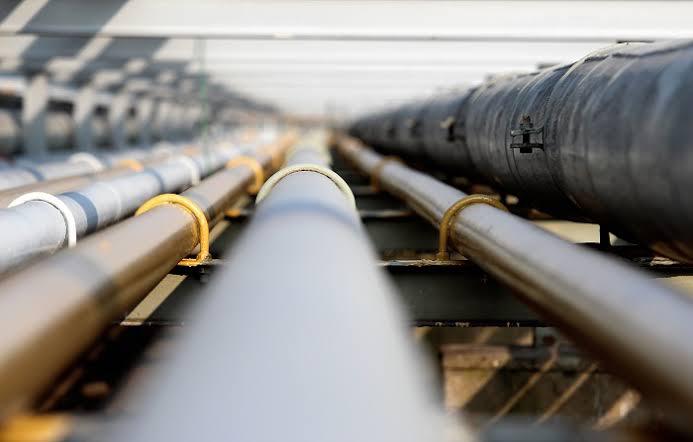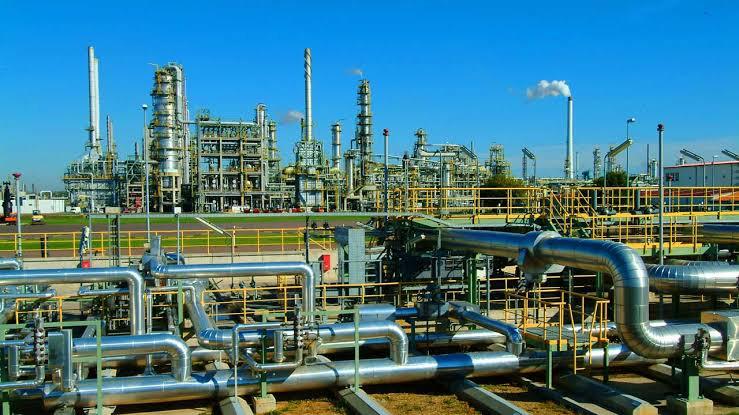The National Water Harvesting and Storage Authority (NWHSA) has re-launched the tender for the construction of the Koru-Soin multi-purpose dam in Kisumu County, western Kenya. The construction that was to begin in September 2020 but has been postponed until a successful bidder emerges.
The call for a new tender launched by the NWHSA will be completed by September 18 2020. This moves the start of the construction of the dam to a later date as opposed to next month as expected by the Kisumu County Government.
The former call for proposals was unsuccessful because most bidders failed to submit “the relevant documents to support their bids, while the few others that did reach the threshold offered a price well above that which the Kenyan government has allocated for the implementation of the project.”
The project requires an investment of about 25 billion Kenyan shillings ($231.4 million) for it to be fully executed. The Koru-Soin multi-purpose dam is to be built on the Nyando River, upstream of Muhoroni town in Kisumu County, western Kenya. Upon completion, it is to supply adequate water for consumption to the population, irrigate the plantations and operate the 2.5 megawatts hydroelectric power plant.
Speaking on the new launching, the acting Chief Executive officer of the National Water Harvesting and Storage Authority (NWHSA), Sharon Obonyo said, “bidders must accompany their applications with a bid guarantee of approximately $1.9 million from a reputable bank approved by the Central Bank of Kenya.”
Foreign companies that want to participate in the bidding must provide a written commitment on paper that is signed by a person with power of attorney. If their bidding is successful, the company is to source for not less than 40% of the requirements for the completion of the project from local suppliers.



